Trakai is known for its unique lakes and medieval castle complex, resurrected from ruins in the last century. The Old Trakai peninsula and island castles are the main feature of the region, which even today reflects not only the material, architectural, but also the spiritual heritage of Lithuania. During the formation of the State of Lithuania, this city was one of the most important political and military centers. Built with an excellent strategic location on one of the many islands of Lake Galvė, Trakai Castle is surrounded by water on all sides. It is interesting that at the time when the outpost was built, the water level in the lake was 2 meters higher than now, and the current island used to be a group of three small islands.
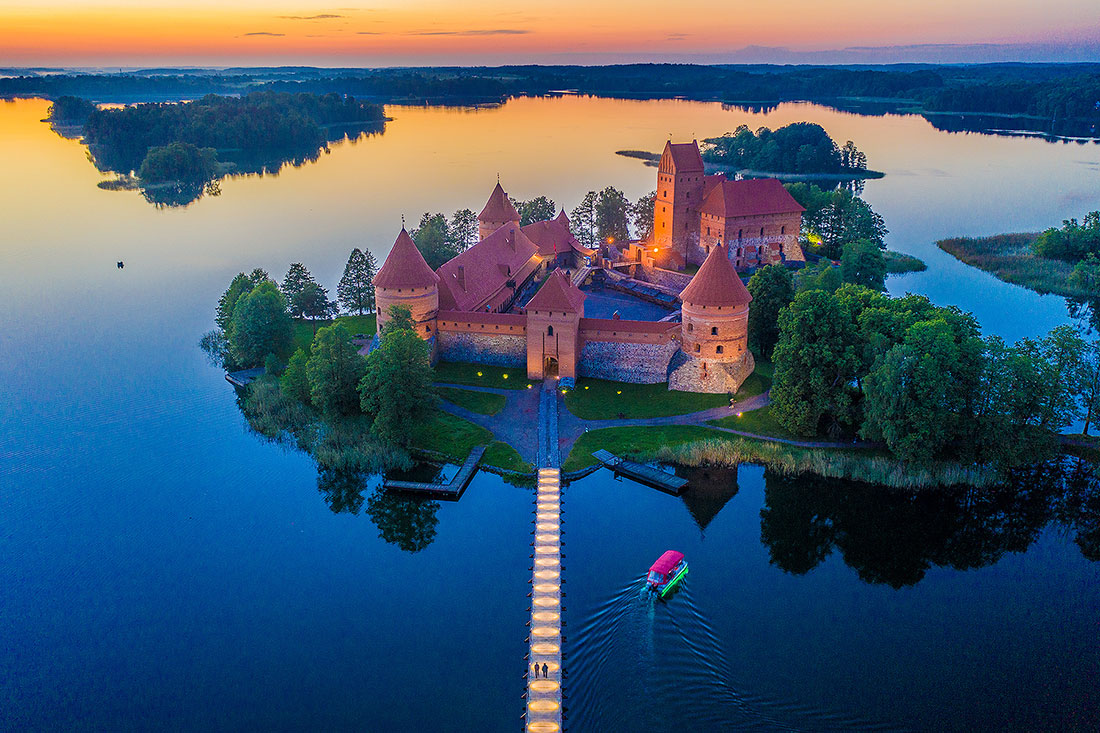
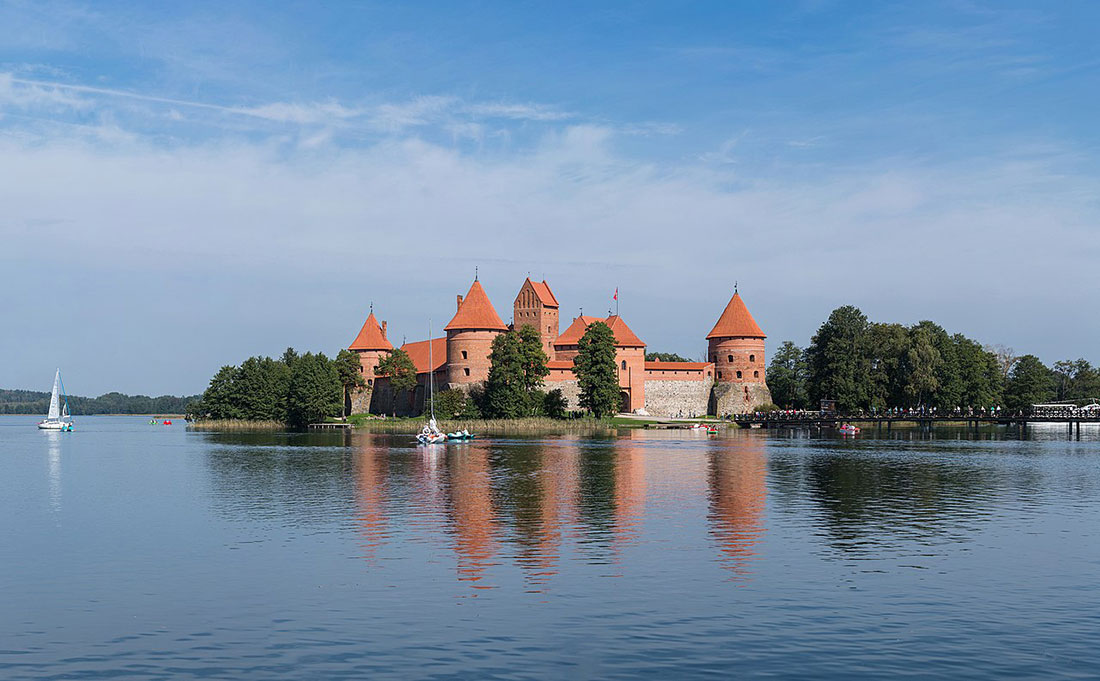
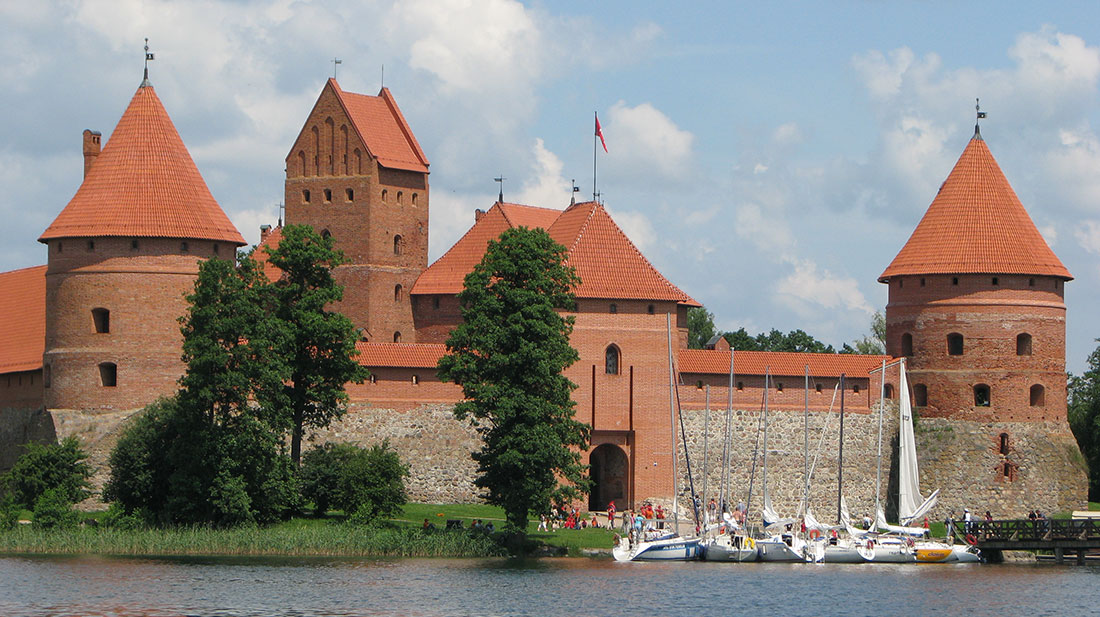
Trakai Castle was built in the 14th century and served as the residence of the Grand Dukes of Lithuania. However, in the 17th century the complex fell into disrepair and was restored in 1951. In 1962 it became part of the Trakai Historical Museum
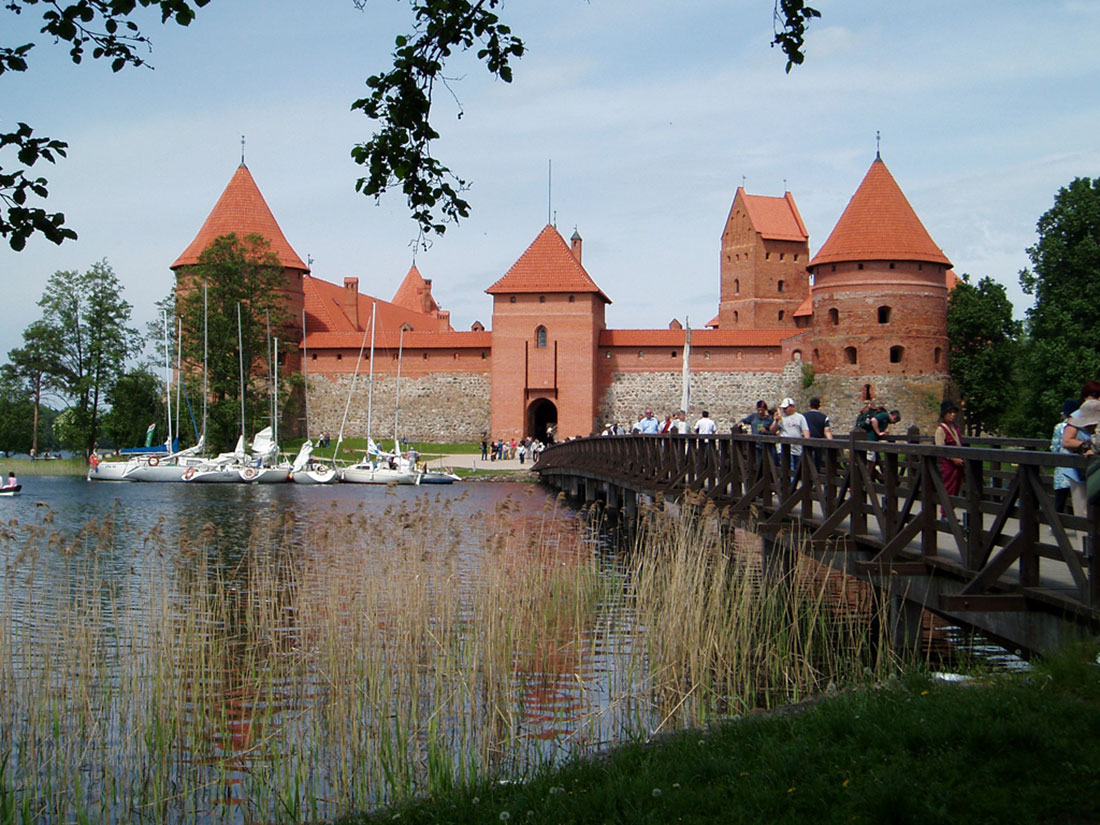
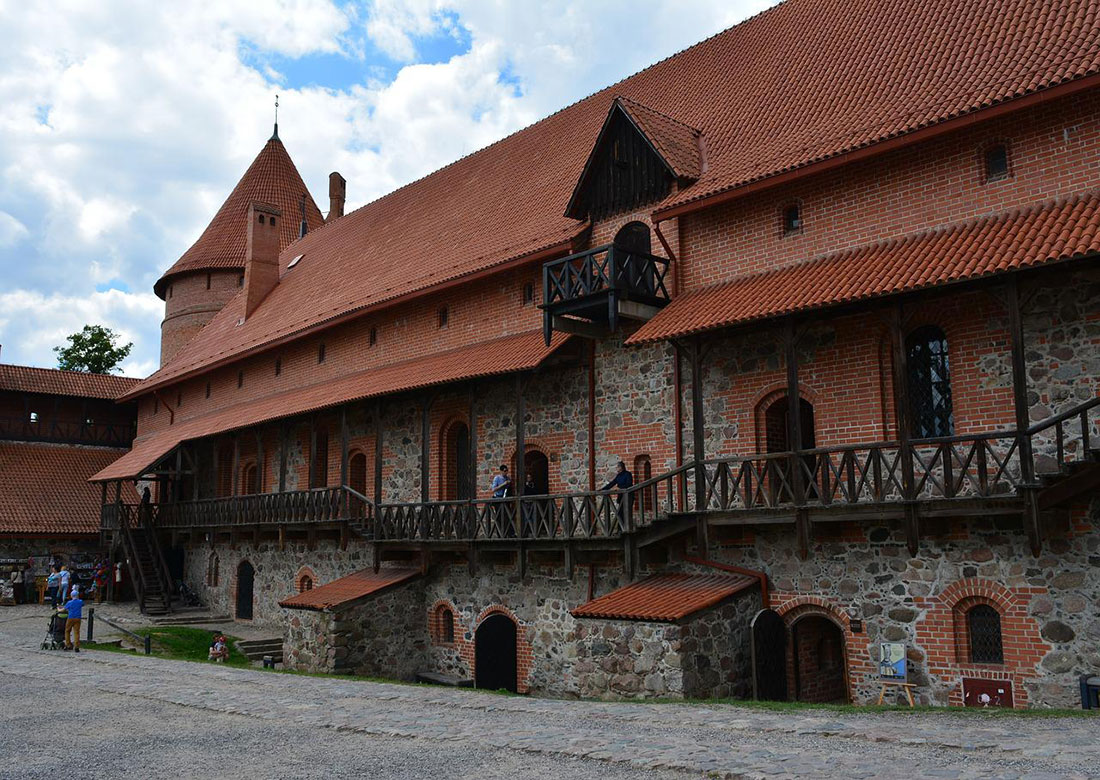
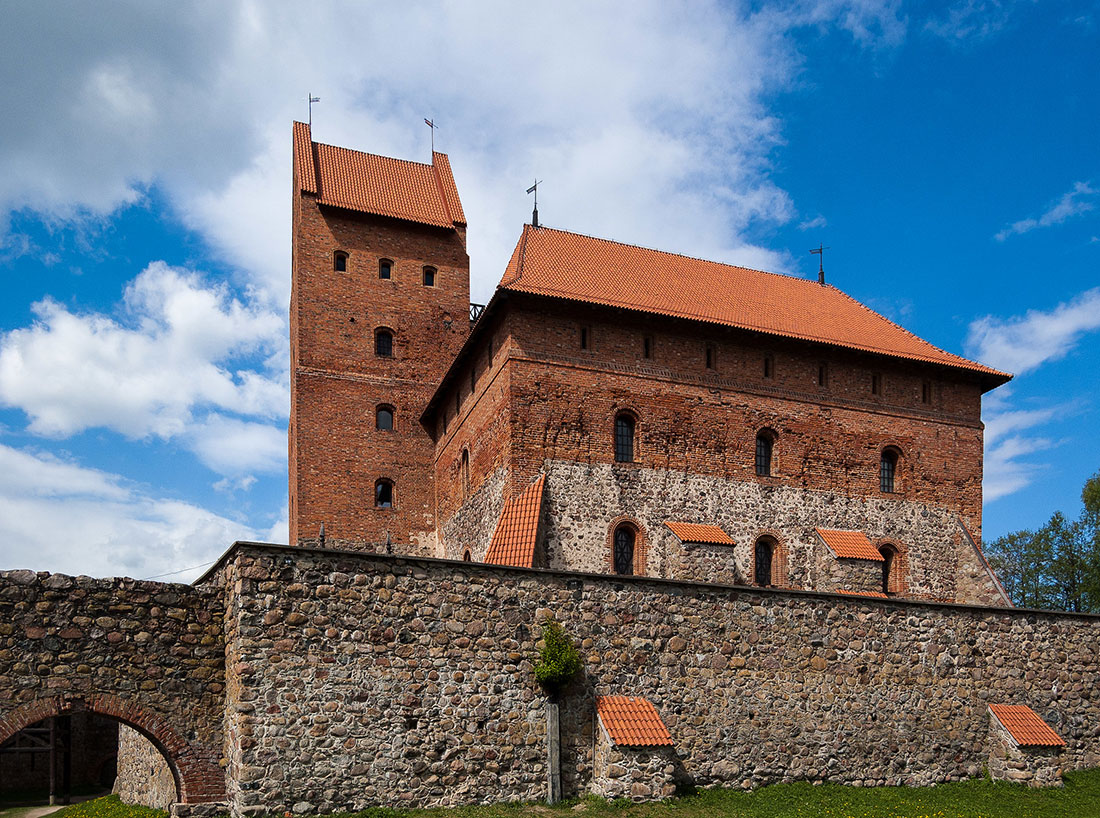
Construction of the castle was started by the Grand Duke of Lithuania Kęstutis, and completed by his son Vytautas. The latter managed to strengthen and modernize the original fortification project. The new brick castle in the Gothic style was built with a successful combination of residential and defensive purposes. In 1409, the prince made Trakai the capital of Lithuania and transferred the state treasury and Lithuanian metrics there. The majestic stone castle, decorated with red brick, has long served as the royal residence of the Grand Dukes of Lithuania, as well as the cultural center of the country. Vytautas the Great died there on October 27, 1430.
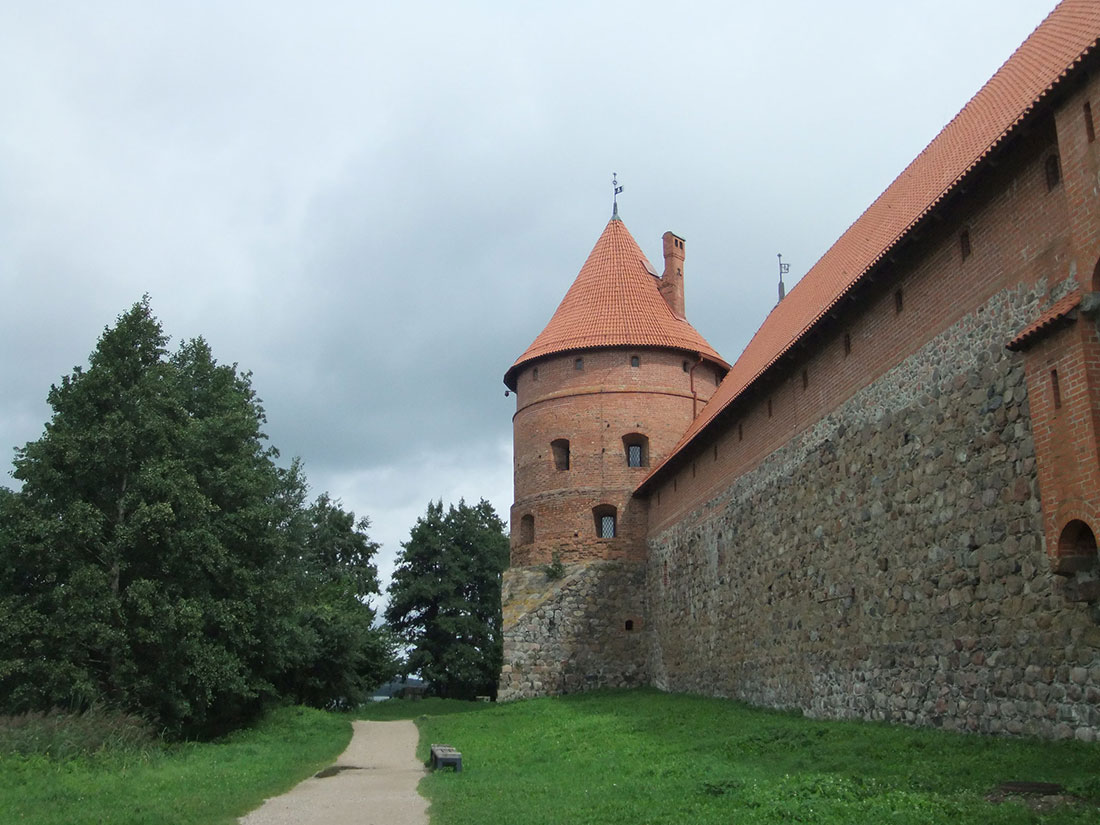
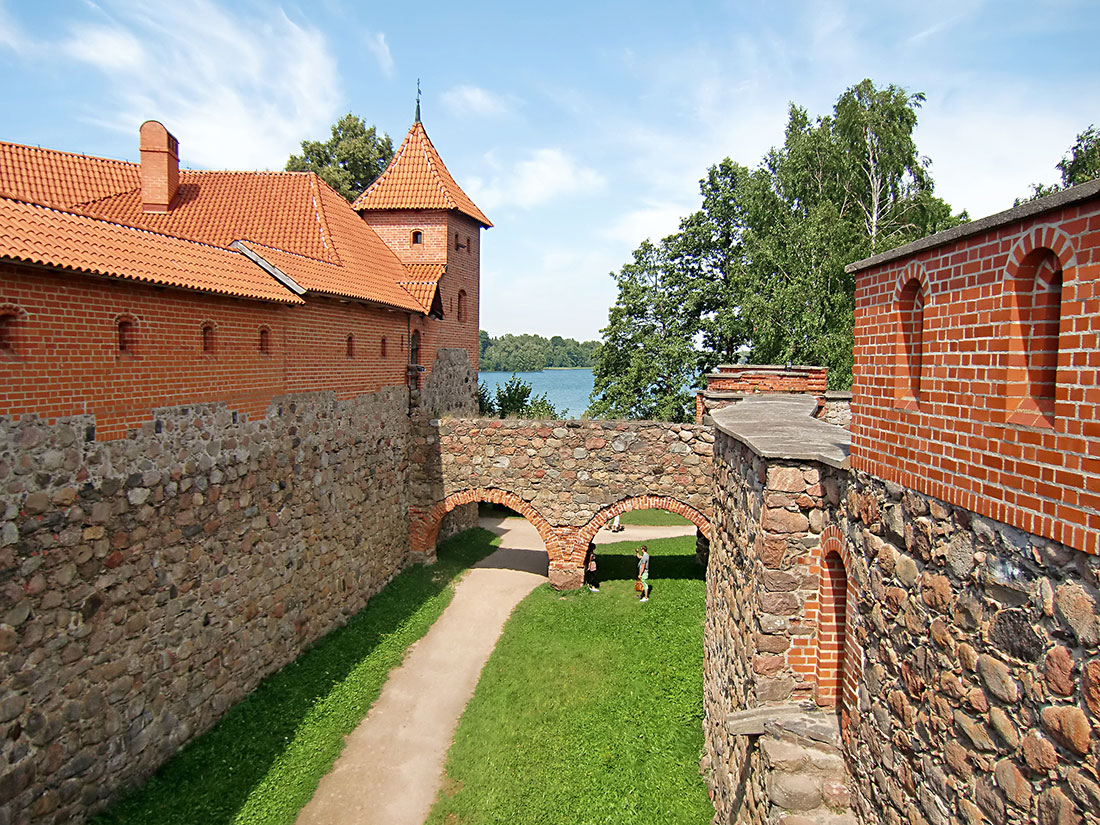
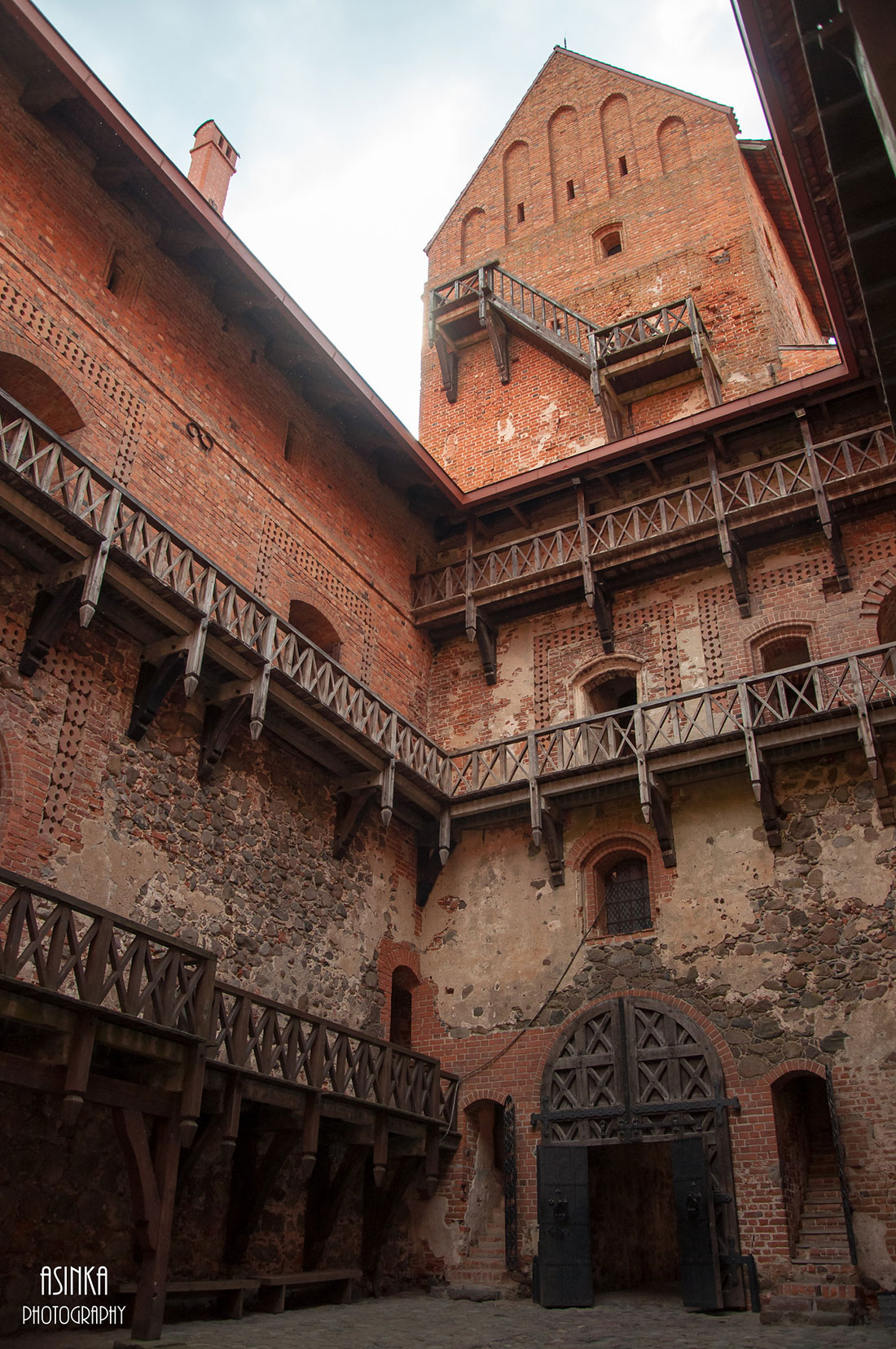
During the reign of Vytautas, two wings were added to the castle and a fortified six-story tower 35 meters high was erected. The latter served not only as a defensive structure: there were living apartments and a chapel. The tower was connected with the courtyard of the princely palace. Stone blocks were used in the foundations and upper parts of the structures, while the rest was made of red bricks. The architectural style of the castle at this time can be described as Gothic with Romanesque features.
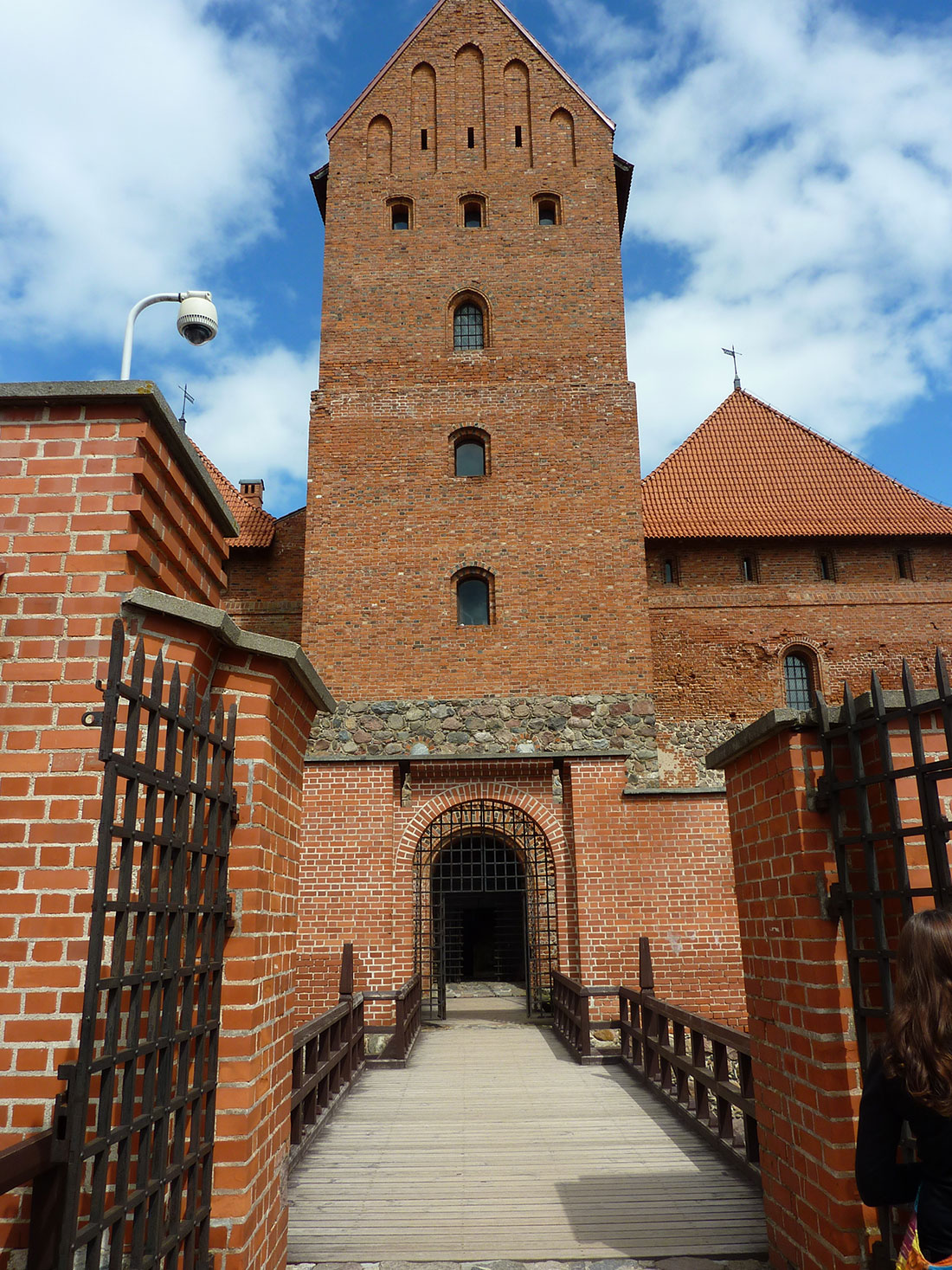
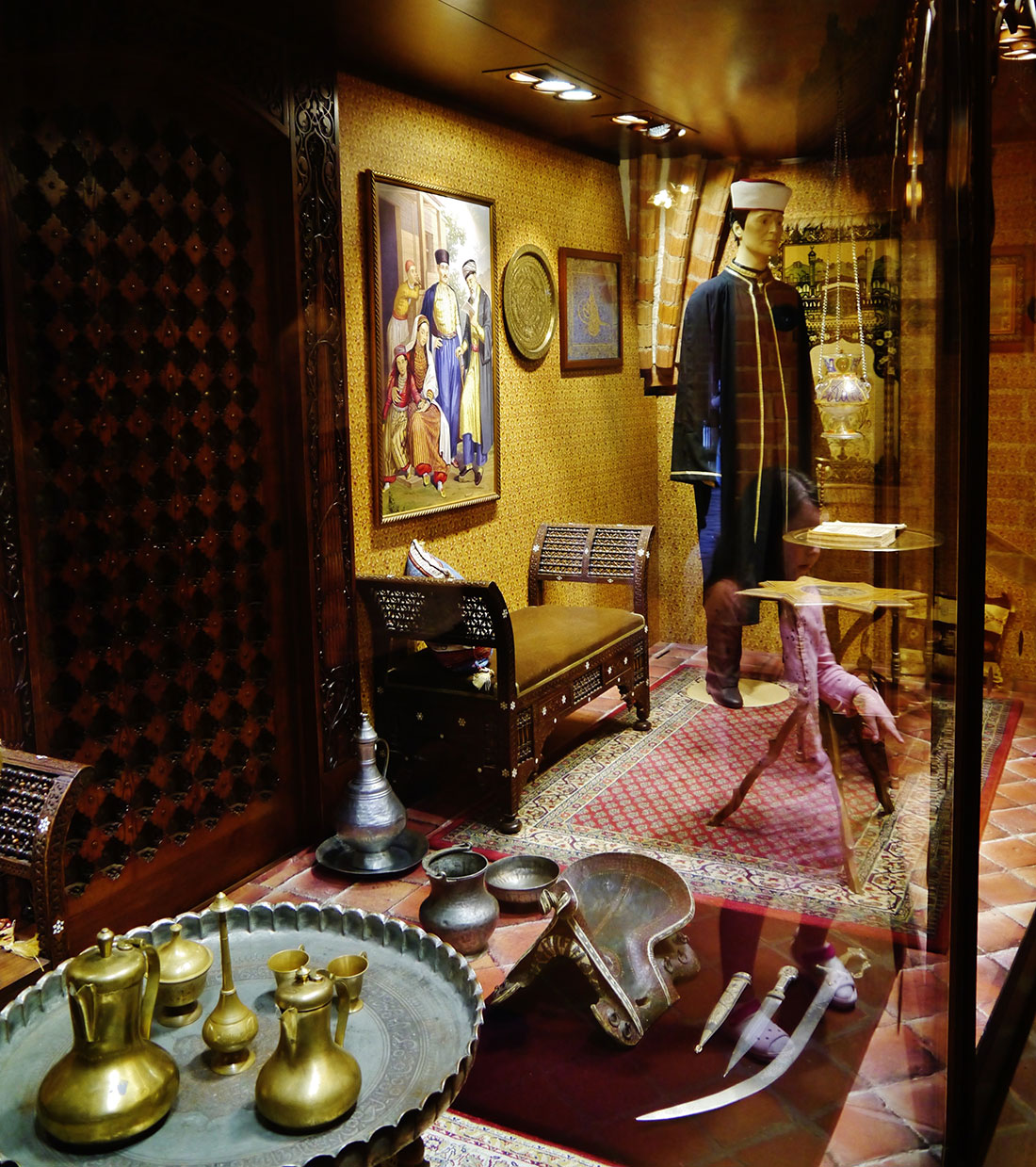
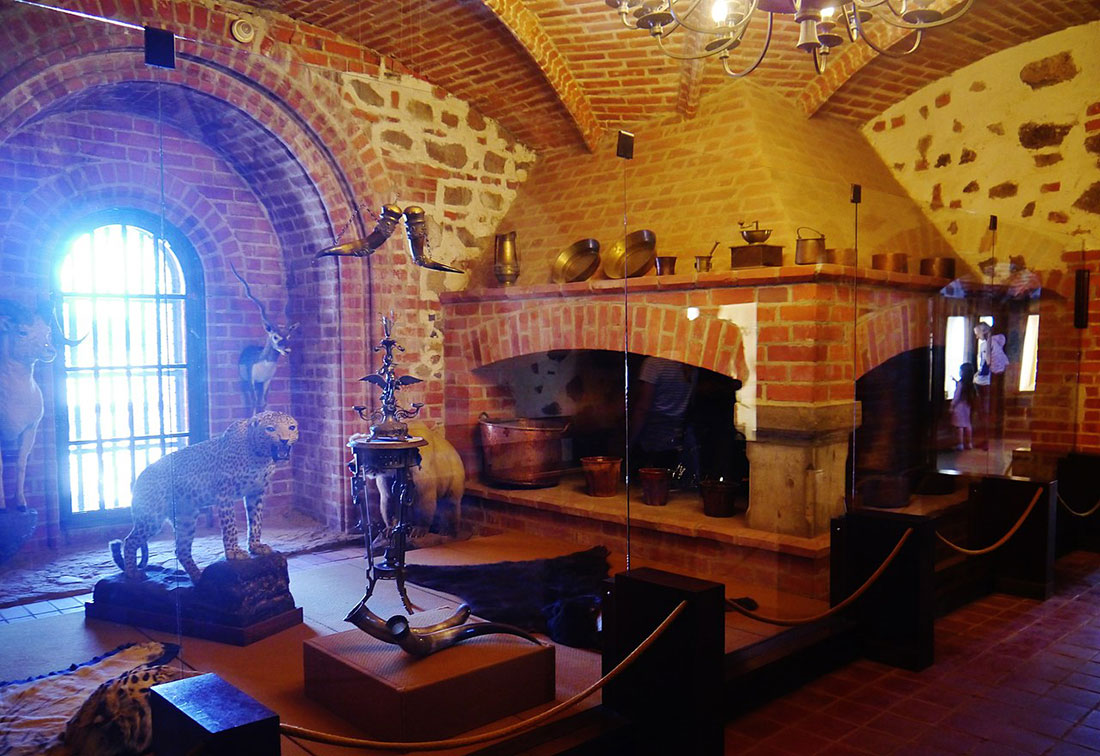
Over time, the castle was expanded again. The walls were increased to a thickness of 2.5 meters, and three large defensive towers appeared at their corners. The main gatehouse was built, as well as several other buildings, including kitchens and stables
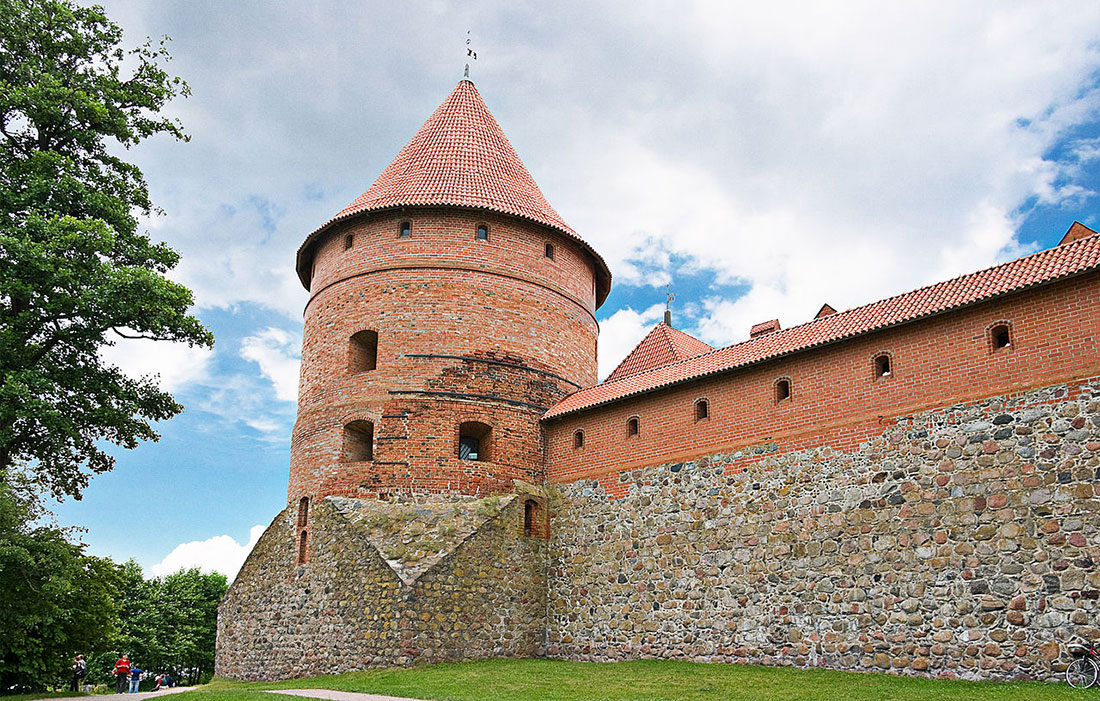
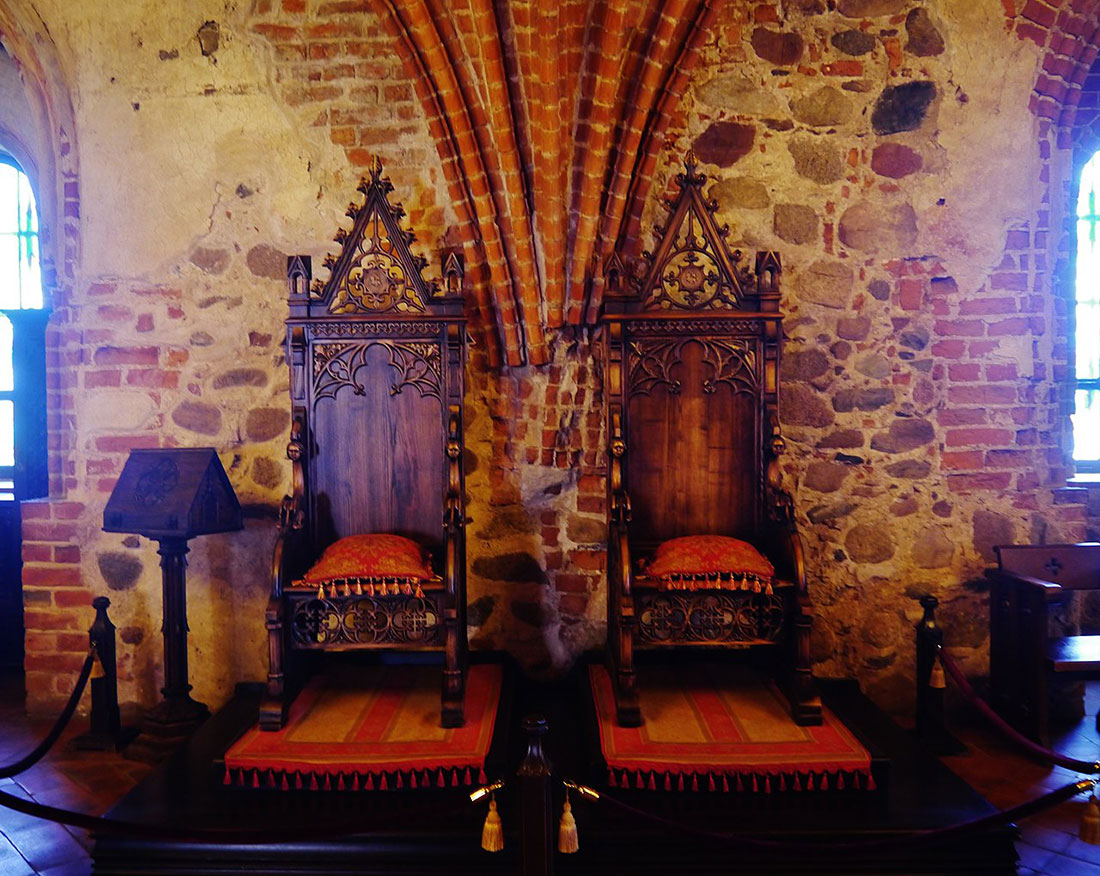
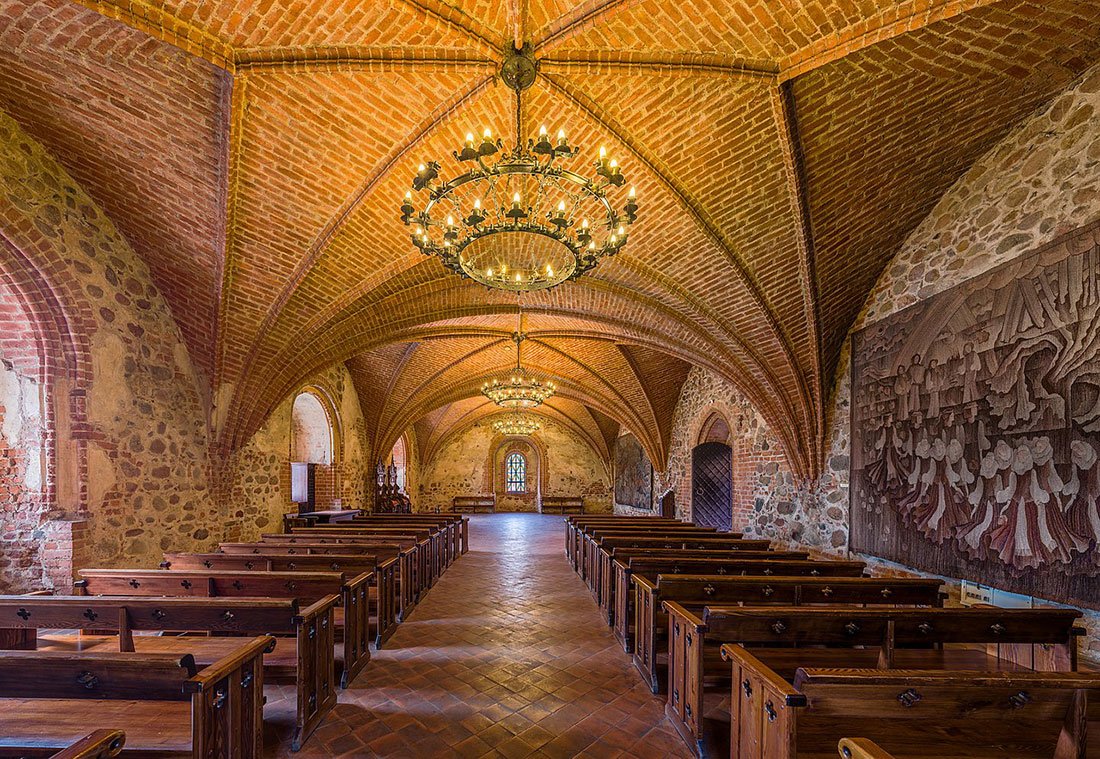
In the 16th century, Sigismund August, King of Poland and Grand Duke of Lithuania, renovated the Renaissance castle and made it his summer residence for a while. Later, the castle served as a prison until it was damaged during the wars with Muscovy in the 17th century. The complex was not reconstructed during this period and soon fell into disrepair.
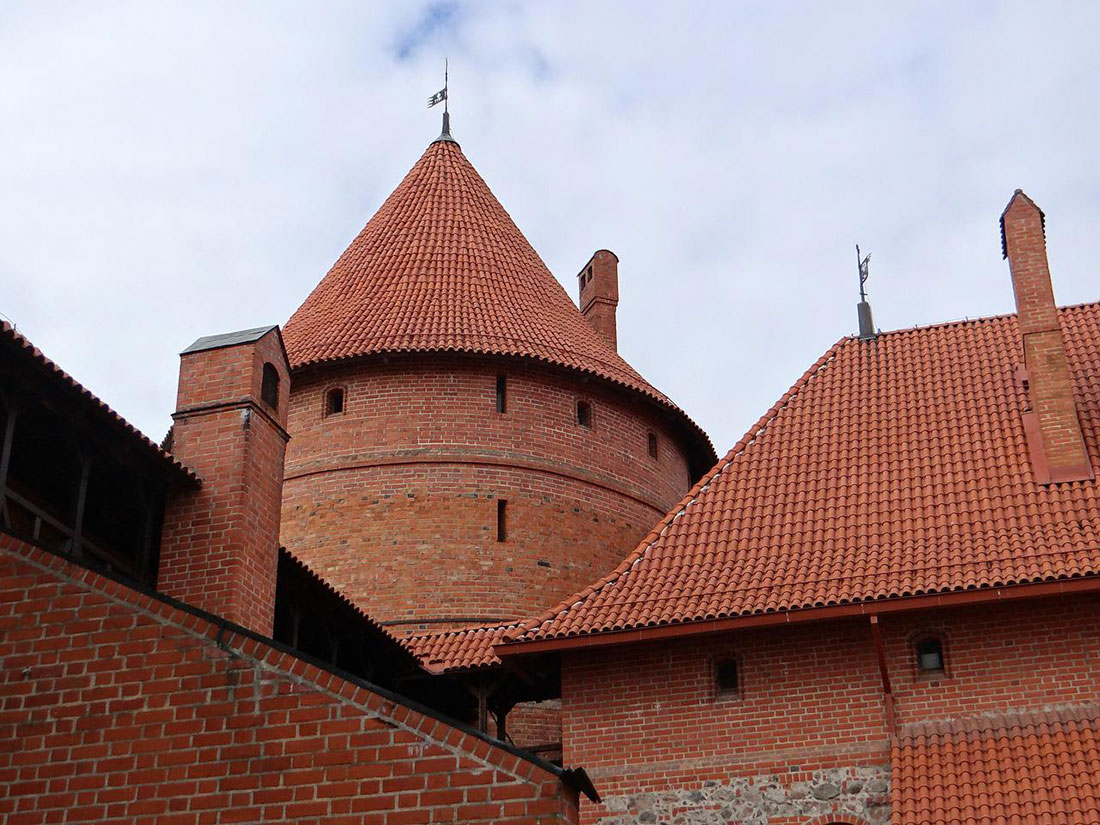
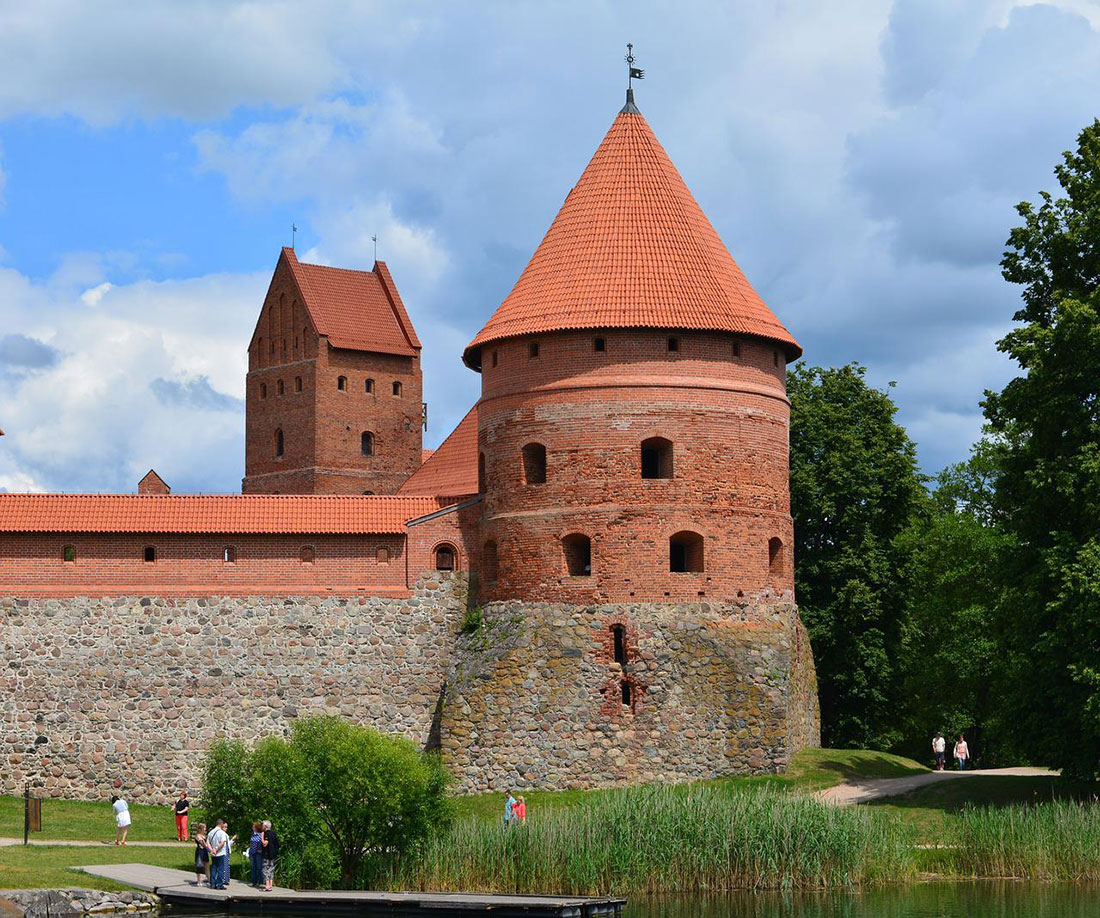
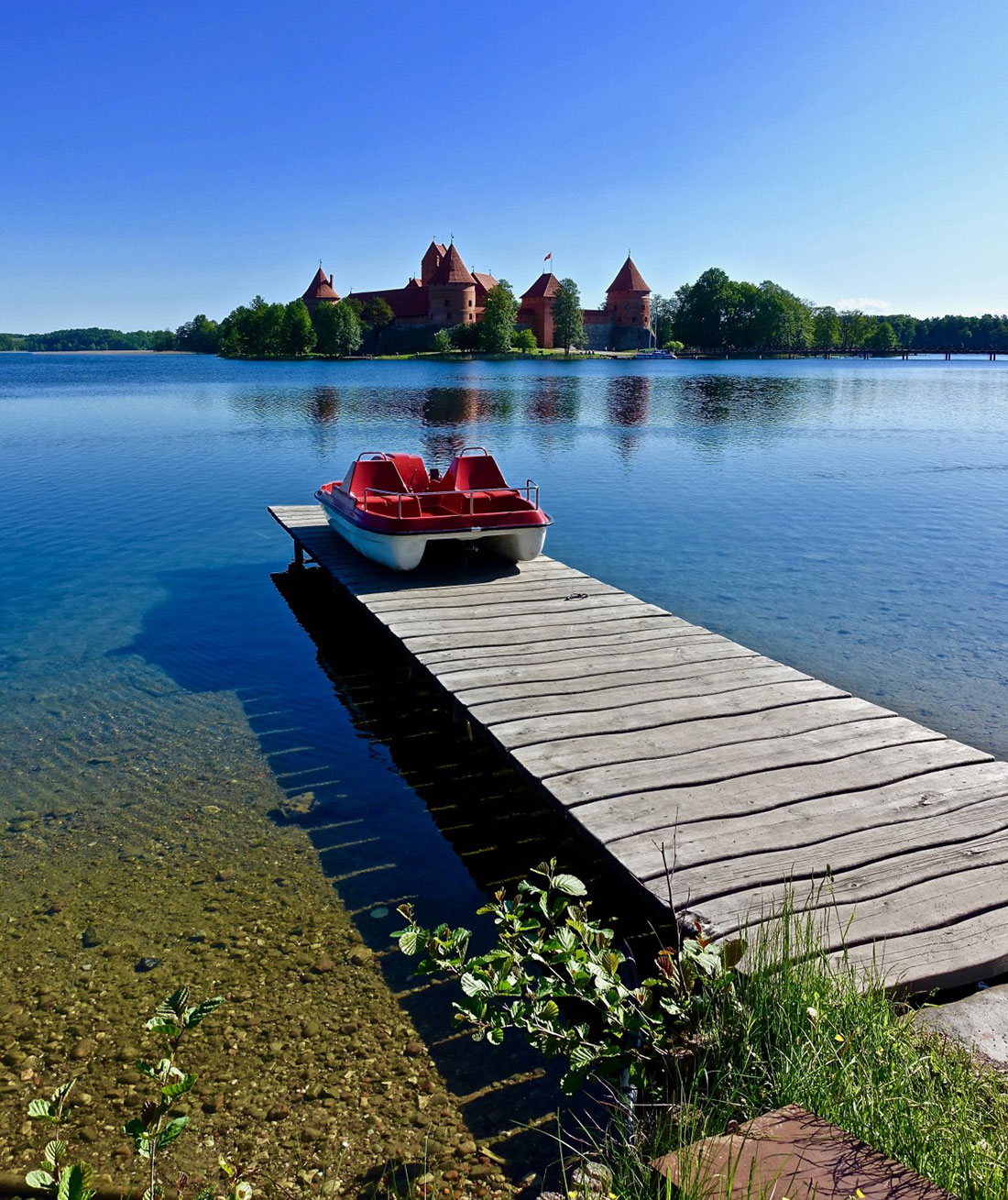
The first attempts to restore the destroyed Trakai Castle were made at the end of the 19th century. Since 1962, the castle has housed the Trakai Historical Museum. The exposition is located in the central palace and covers the period from ancient times to the middle of the 20th century. It contains archaeological objects found both in castles and in the city of Trakai itself.






























